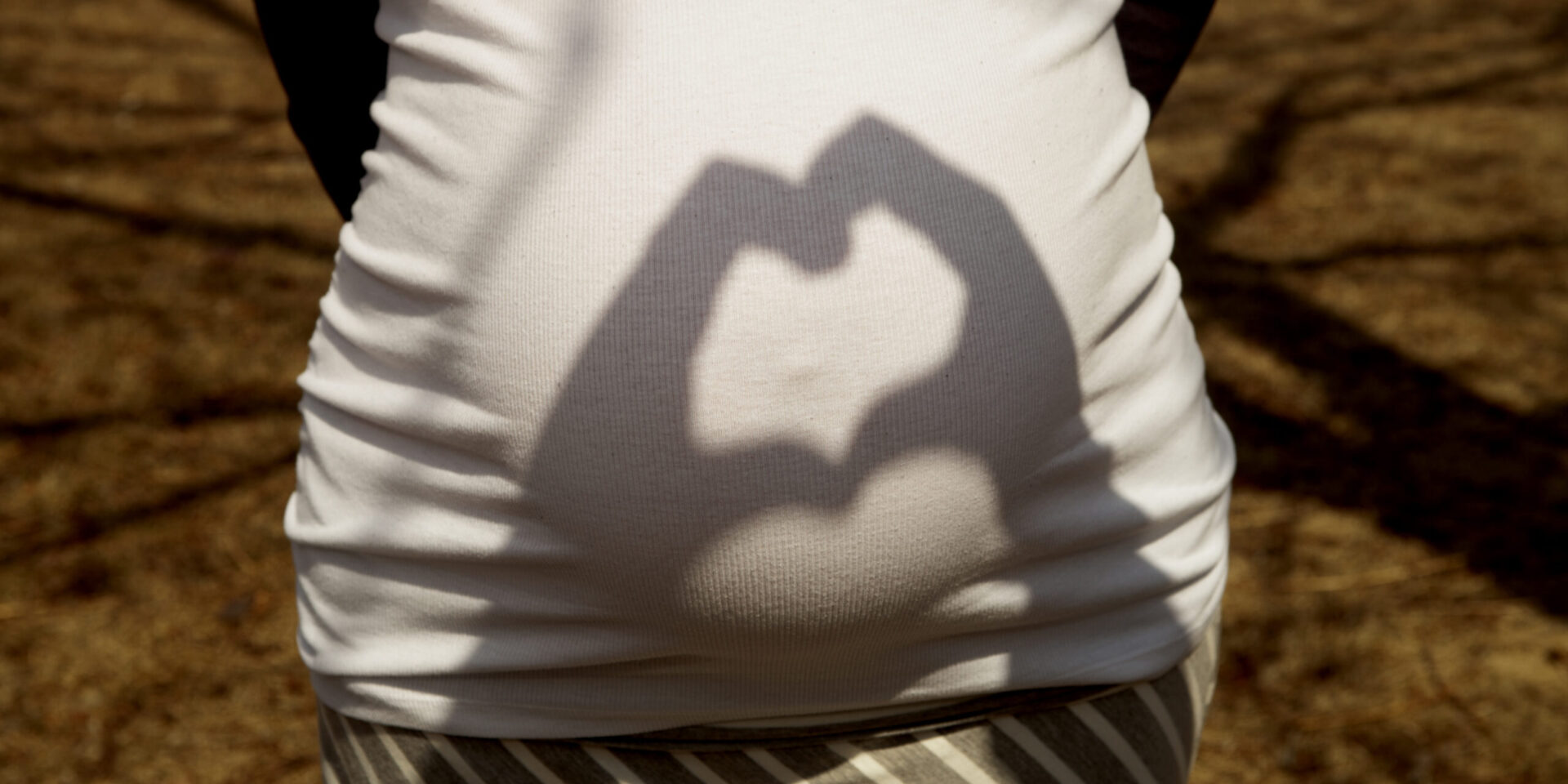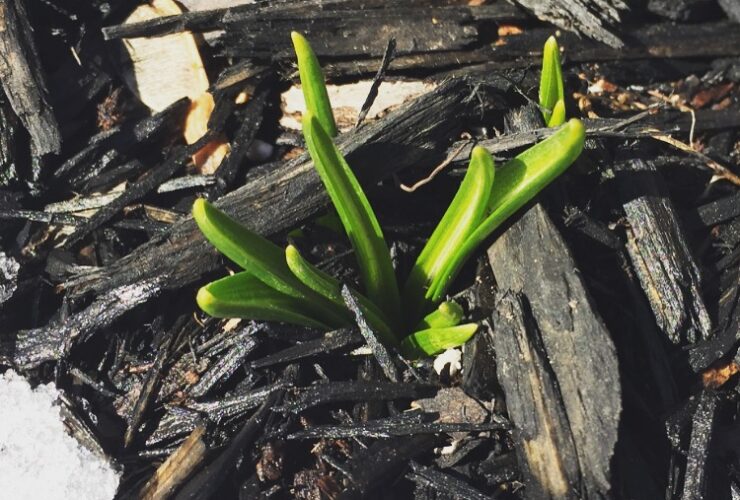Acupuncture for Fertility, Pregnancy, and Childbirth
Acupuncture might be best known for relieving musculoskeletal pain, but there are an increasing number of scientific studies showing acupuncture’s safety and effectiveness in alleviating other medical issues. For example, more and more, acupuncture is being as an adjunct therapy for fertility treatments, helping couples get pregnant sometimes even before IVF or ART. There are several ways that acupuncture helps in these cases, including improving chances of implantation, increasing uterine blood flow, balancing hormones, and calming stress response. Acupuncture also has a deserved reputation for helping breech babies turn to a better position before labour starts. But even beyond these well-known treatments, acupuncture and Traditional Chinese Medicine can help in pregnancy and childbirth in other ways.
 Some of the most common discomforts and issues faced by pregnant women can be readily treated with acupuncture. Perhaps the most common condition found during pregnancy is morning sickness. Studies have shown that nausea and vomiting can be reduced in severity and incidence with acupuncture treatments and a few small lifestyle changes. Due to acupuncture’s ability to ease musculoskeletal issues, back, rib, and pelvic pain can be addressed without resorting to medication. Acupuncture also seems to work in the treatment of vascular conditions such as varicose veins, hemorrhoids, and vulval varicosities. While these issues might not completely disappear, there is generally a noted and positive impact after as few as one treatment. Other issues that can be treated are: constipation, headaches and migraines, fatigue and exhaustion, hypertension, and itching. As well, relief from stress and anxiety is a cornerstone of acupuncture, and as such, the therapy can also address insomnia.
Some of the most common discomforts and issues faced by pregnant women can be readily treated with acupuncture. Perhaps the most common condition found during pregnancy is morning sickness. Studies have shown that nausea and vomiting can be reduced in severity and incidence with acupuncture treatments and a few small lifestyle changes. Due to acupuncture’s ability to ease musculoskeletal issues, back, rib, and pelvic pain can be addressed without resorting to medication. Acupuncture also seems to work in the treatment of vascular conditions such as varicose veins, hemorrhoids, and vulval varicosities. While these issues might not completely disappear, there is generally a noted and positive impact after as few as one treatment. Other issues that can be treated are: constipation, headaches and migraines, fatigue and exhaustion, hypertension, and itching. As well, relief from stress and anxiety is a cornerstone of acupuncture, and as such, the therapy can also address insomnia.
 Another less common use for acupuncture during pregnancy is a treatment that commences after week 36 or 37 and helps prepare pregnant women for labour. This weekly half-hour treatment is given until labour begins and is used to increase physical endurance, ripen the cervix, position the baby for best presentation during labour, and help decrease worry and anxiety. While such treatments are not well known in Canada, they are found increasingly in countries such as Denmark, Germany, France, New Zealand, and Switzerland.
Another less common use for acupuncture during pregnancy is a treatment that commences after week 36 or 37 and helps prepare pregnant women for labour. This weekly half-hour treatment is given until labour begins and is used to increase physical endurance, ripen the cervix, position the baby for best presentation during labour, and help decrease worry and anxiety. While such treatments are not well known in Canada, they are found increasingly in countries such as Denmark, Germany, France, New Zealand, and Switzerland.
Finally, acupuncture can promote after-labour recovery—through in-clinic or at-home “mother warming” treatments—advice on diet, help with insufficient lactation, wound healing and scar-tissue repair, and urinary incontinence.





Comments are closed.